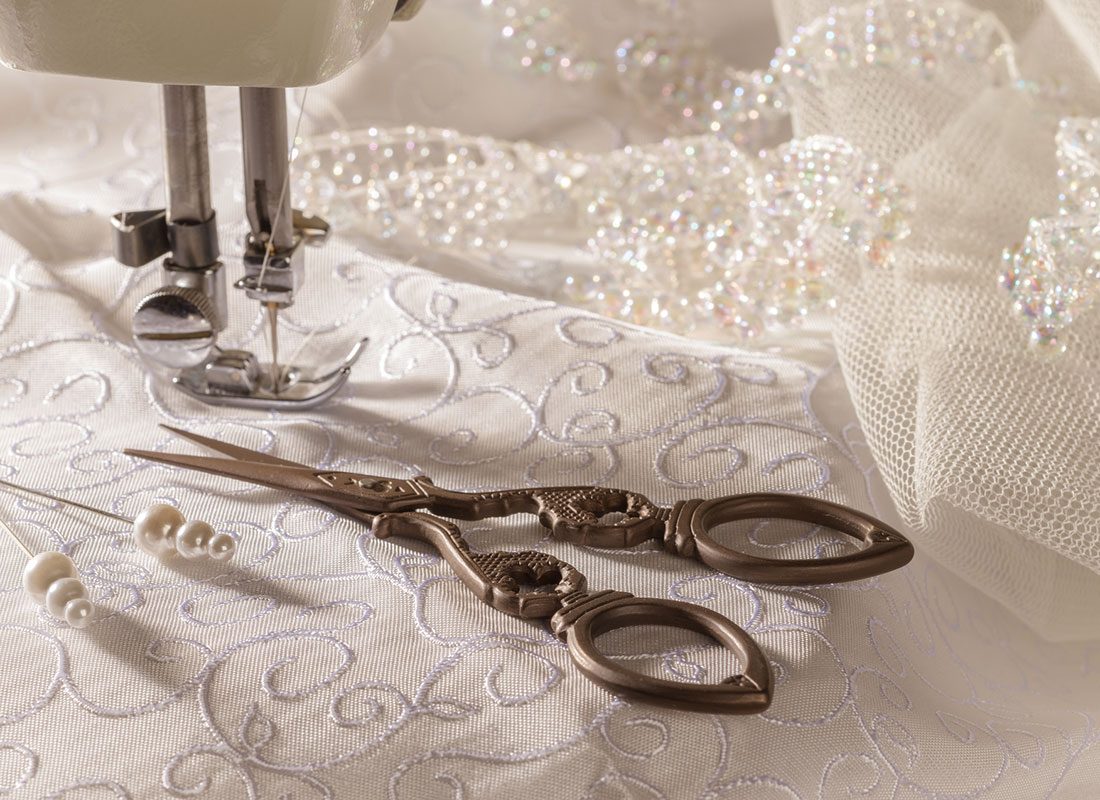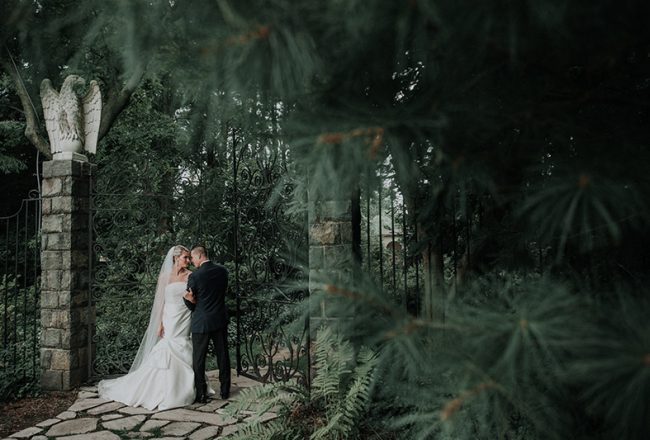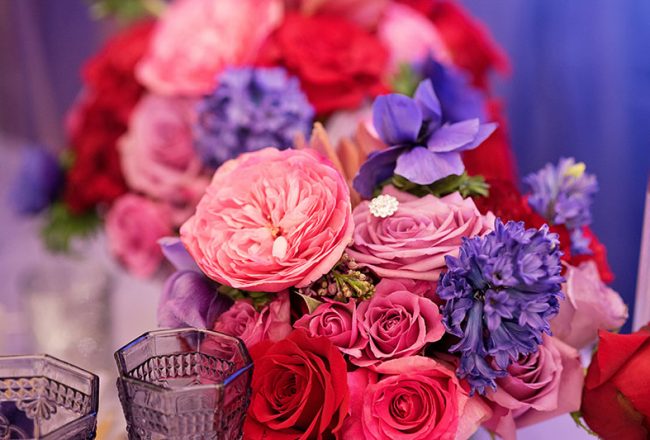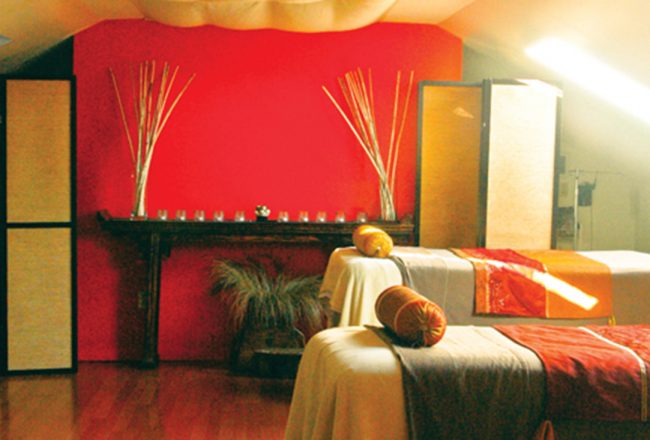A perfect fit is key when it comes to wedding garments.
by Lisa Dukart
Finding the perfect dress or tuxedo is a difficult task, but the step that follows is equally as important: the tailoring process. A dress that is too large or small can leave a bride feeling awkward or exposed. Similarly, grooms who aren’t used to wearing a suit or tuxedo will want to feel comfortable and look sharp. Proper tailoring can help.
FOR HER
Buying
Purchasing the dress—in the right size—is important to the tailoring process. Custom tailor Olga Kotler of Perfect Fit by Olga in Wilmington, Del., recommends a bride between sizes buy the next size up, even if she thinks she’ll lose weight. “Some dresses are impossible to let out because they don’t leave any spare fabric,” she says. She cautions that complicated silhouettes and designs, especially those with built-in corsets, draping, beading, or rhinestones, make tailoring more difficult.
Fittings
Most bridal salons recommend three fittings. At the first fitting, the bride will be pinned and should bring whatever she’ll wear on the wedding day. “It’s important to have the right bra,” Kotler says. If the bride is unsure, Kotler recommends she bring any undergarment she might want to wear, including shape wear, and together they can decide what will look best and be most comfortable. Shoes are also important. “We need to have the right heel because it depends on how much I need to shorten the dress,” she says. Fittings typically last about an hour, with the exception of the final fitting, which is much shorter.
Pickup
When the bride picks up her gown, she should bring somebody who will be helping her get ready on the wedding day. “If the dress has lacing or a zipper, the bride’s not able to do it herself.” Kotler will demonstrate how to properly do a bustle or hooks.
FOR HIM
Shopping
Some grooms want to invest in their wedding outfit, choosing to buy a bespoke suit or tuxedo. Others opt for ready-to-wear or rentals. It’s a big investment for those who purchase. Custom tailor Rob Nikpour of SewRob, who has locations in Wayne and Wynnewood, Pa., recommends the groom carefully consider the size before buying since it will ultimately effect how the garment can be tailored. “Ready-to-wear gives very little room for tailoring—the seam allowances aren’t there,” he says. Those opting for ready-to-wear should purchase a size that fits comfortably, or even a little large, rather than something too tight.
Aesthetic
Like brides, grooms often look at pictures online to get an idea of trends and how they want to look on their wedding day. “Photos are two dimensional and aren’t adequate. Our approach is to start by saying, ‘What do you want an everyday suit to look like?’” Nikpour says. That includes everything from the cut to sleeve length to how a garment will look with and without a jacket.
Fittings
As with the bride, grooms should have their wedding outfit properly fitted. Nikpour recommends grooms have one to two fittings, in addition to the initial visit. “The whole thing starts with the foundation—shirts, shoes, vest, pants, jacket—and making sure those pieces are laid out properly,” he says. Grooms should begin the tailoring process at least one month before the wedding. At fittings, Nikpour pins the suit so the groom can get an idea of how the seams and draping of the garment will look.
Accessories
Grooms should bring any accessory they plan to wear on the wedding day to the fittings, which includes the cummerbund, suspenders, shoes, cufflinks and tie. They should also prepare to get personal with the tailor in regards to underwear choice. “Boxers, boxer briefs and briefs make a big difference in how comfortable he’ll be. Depending on what suit they pick, which direction they want to go, they need to be properly [outfitted],” Nikpour adds.





No Comment